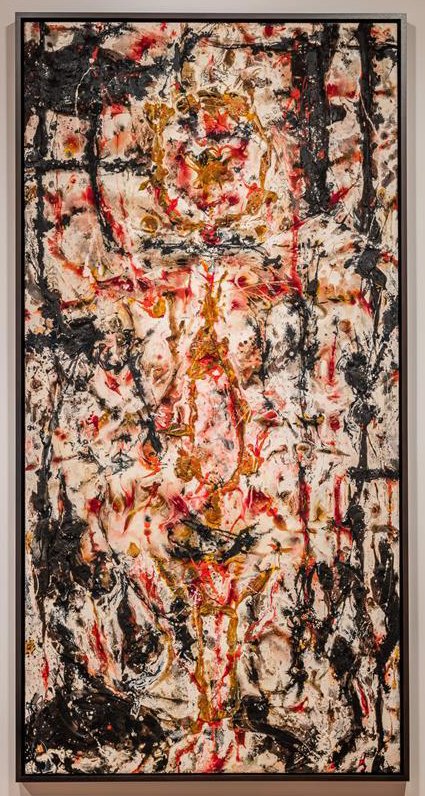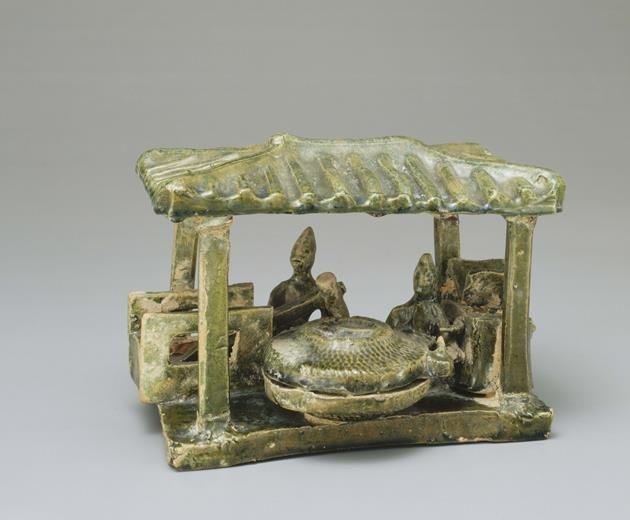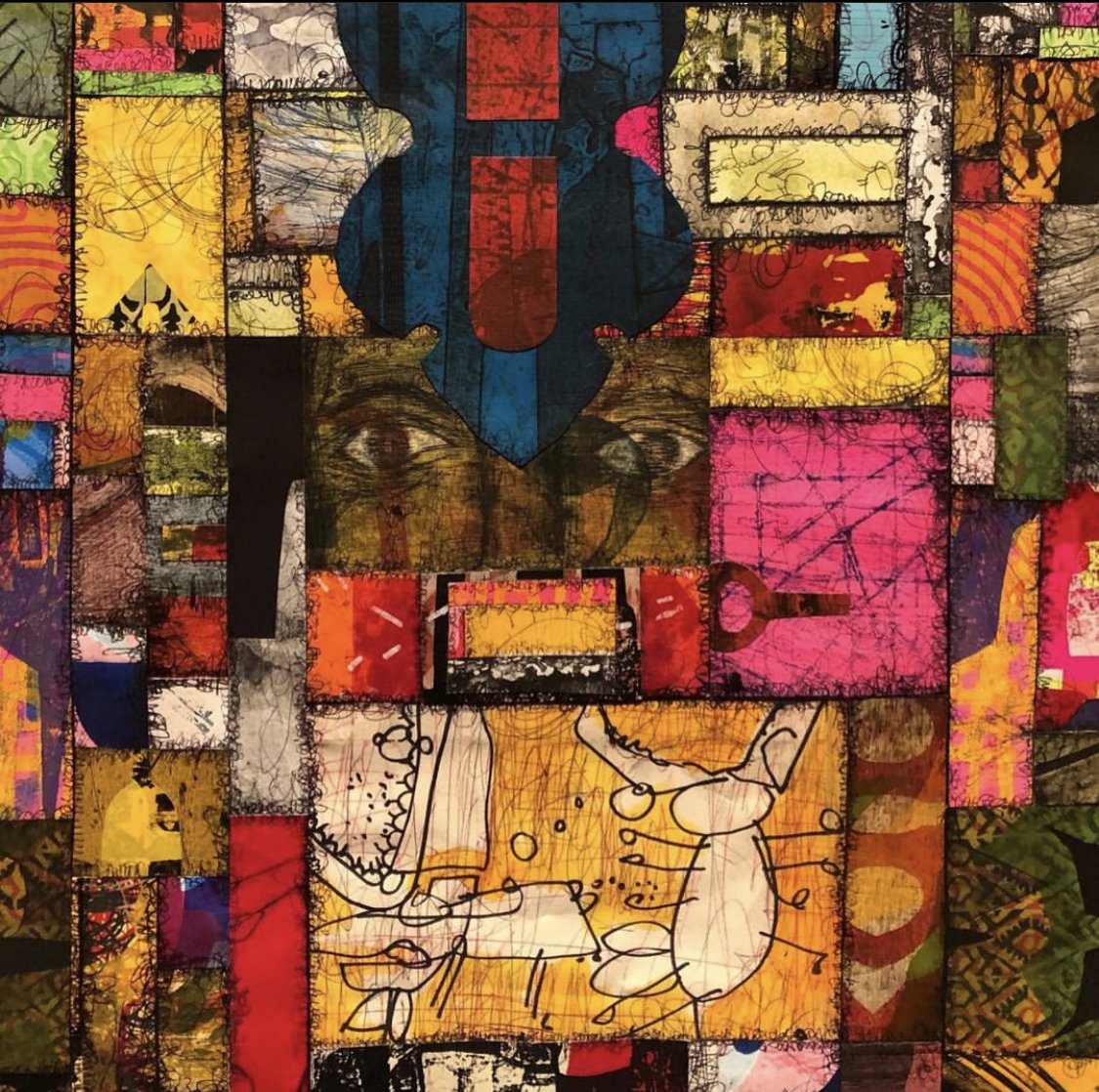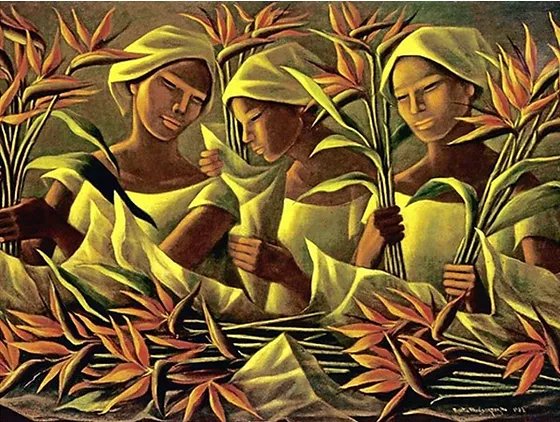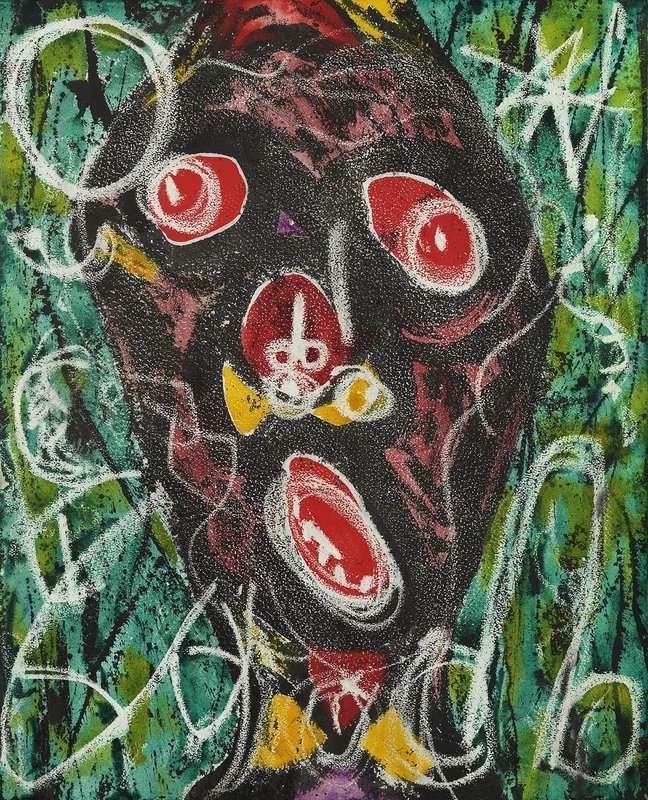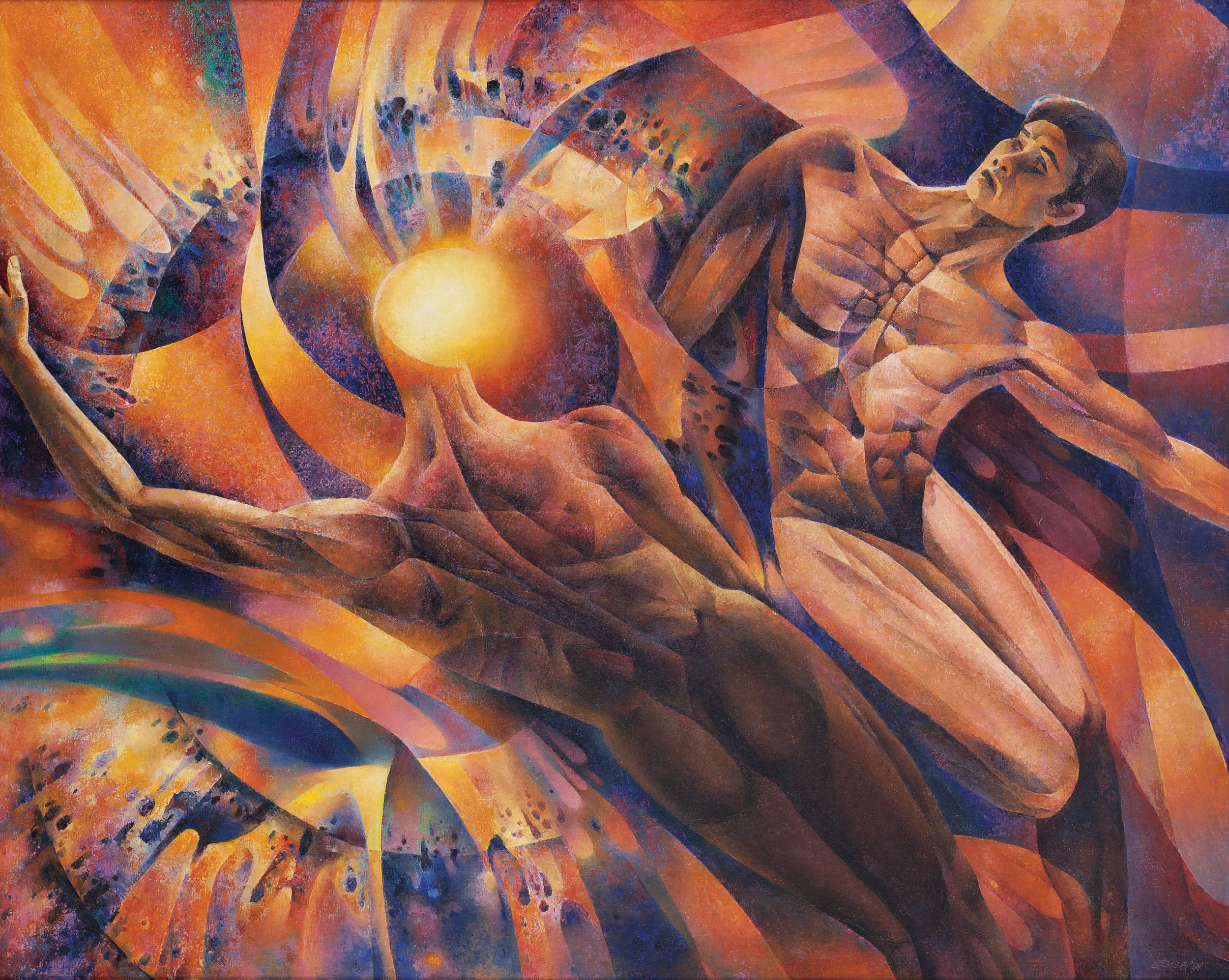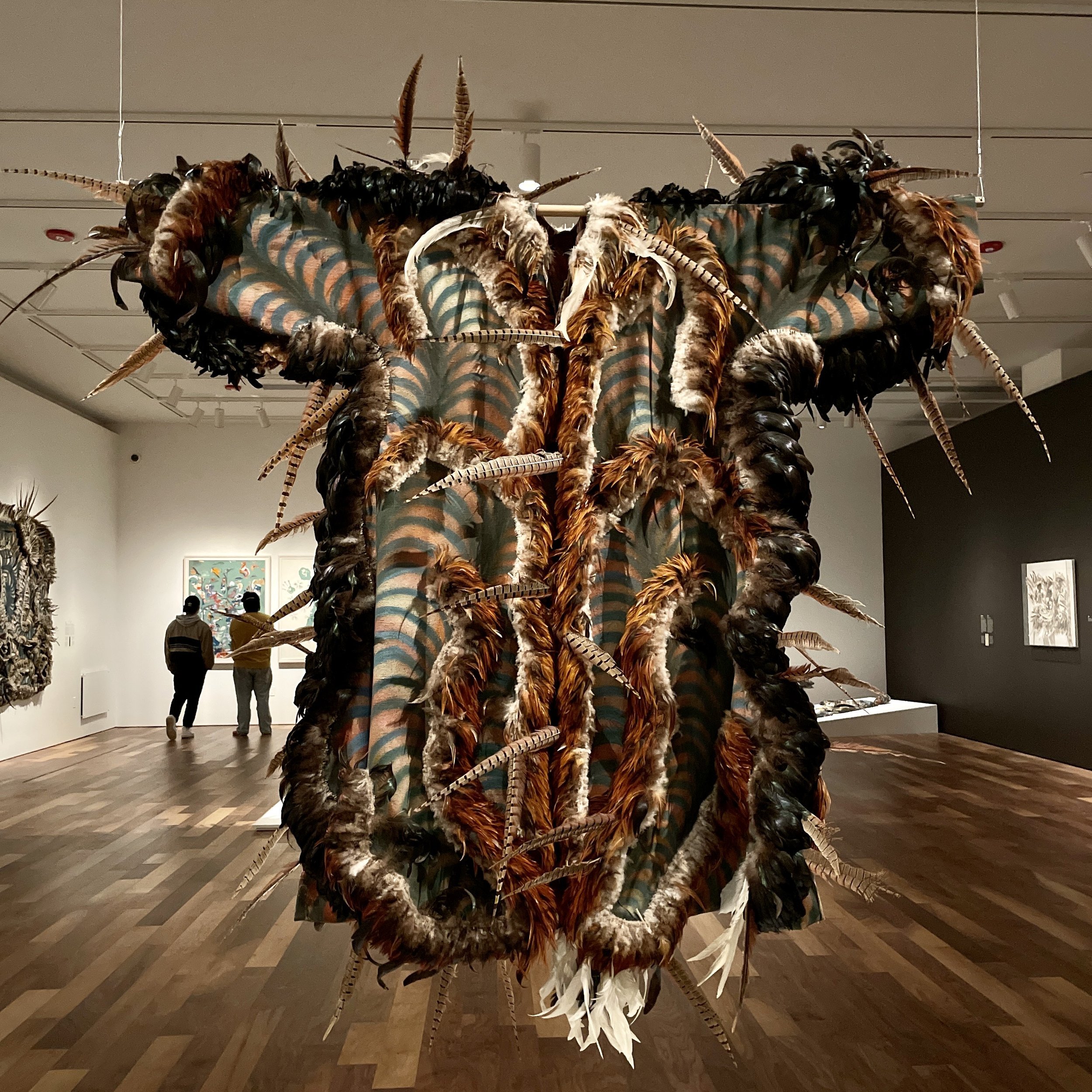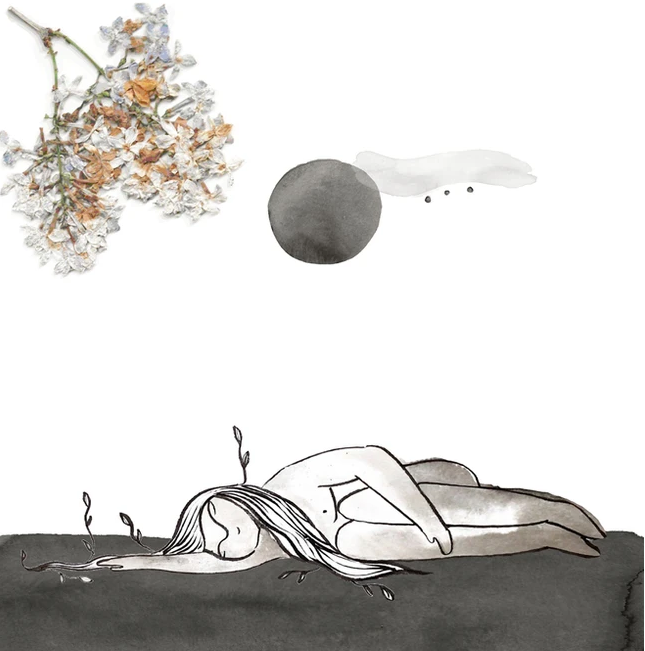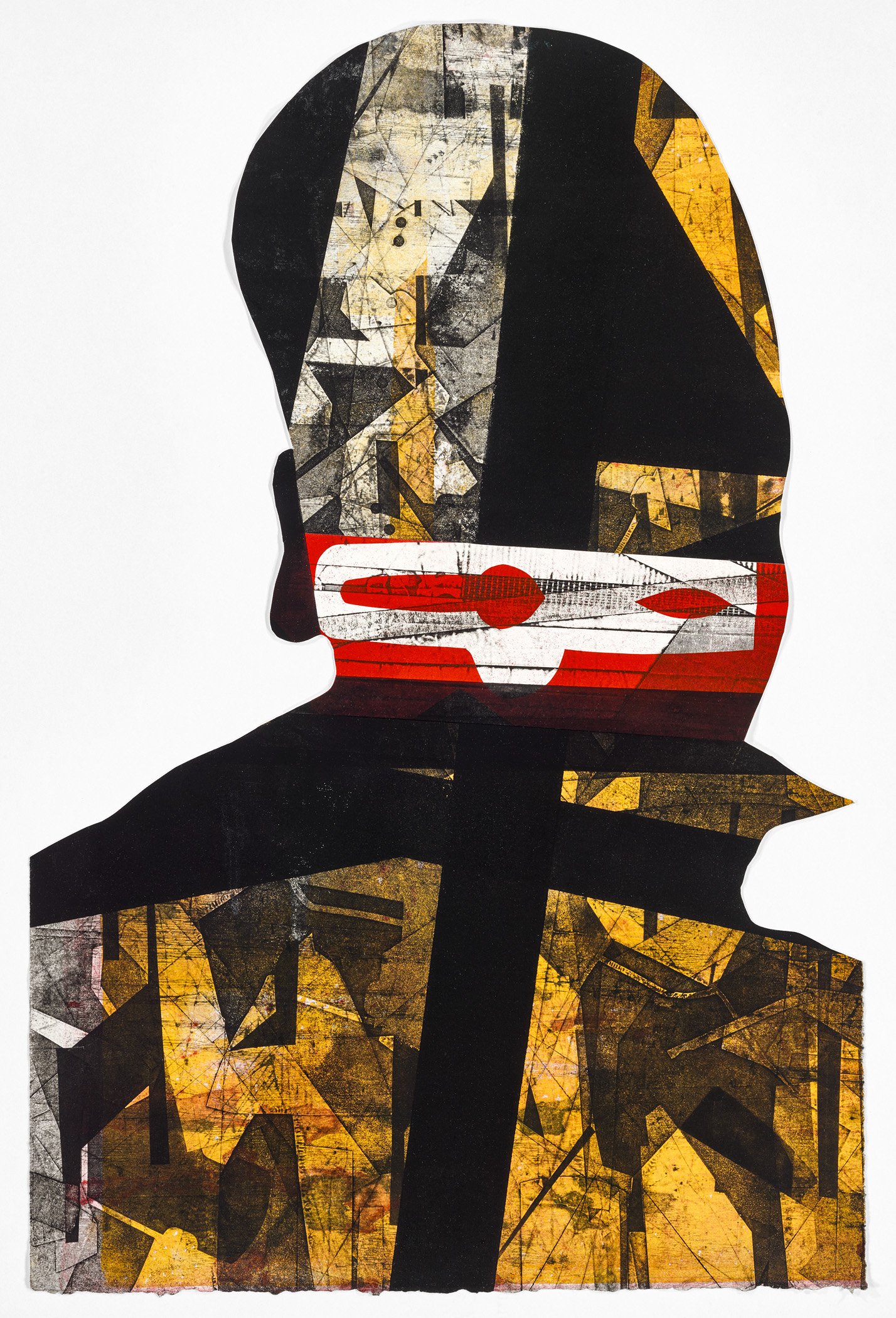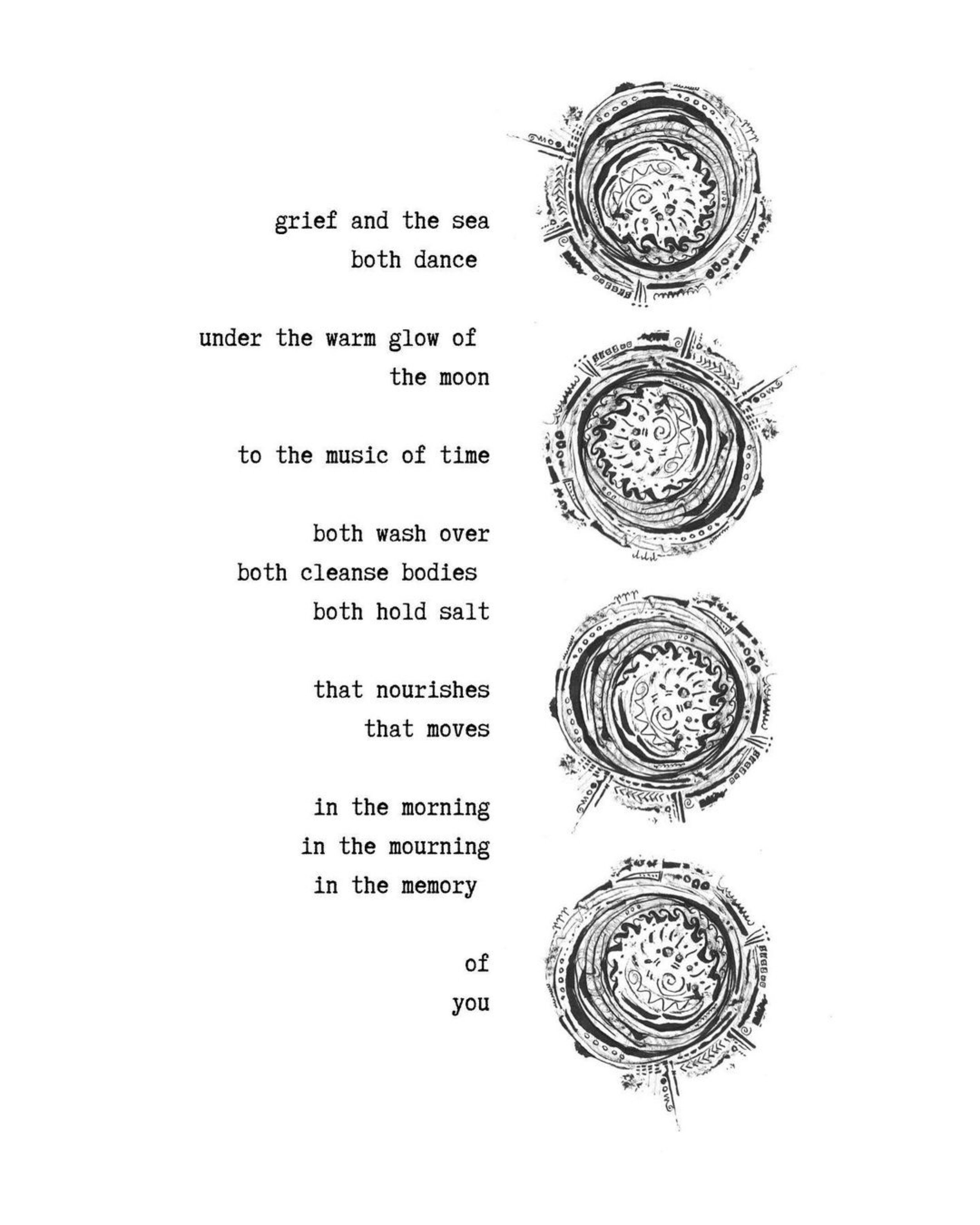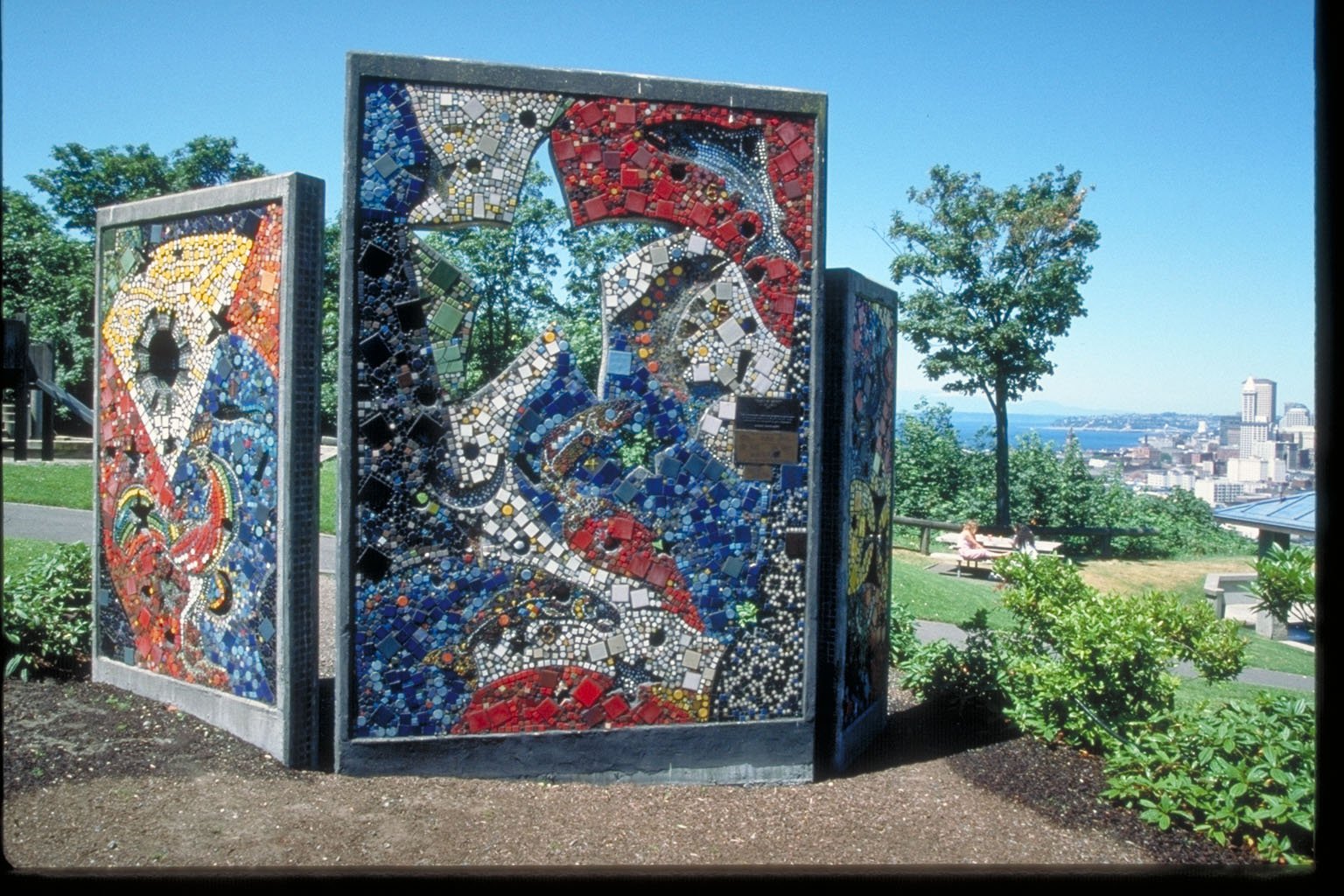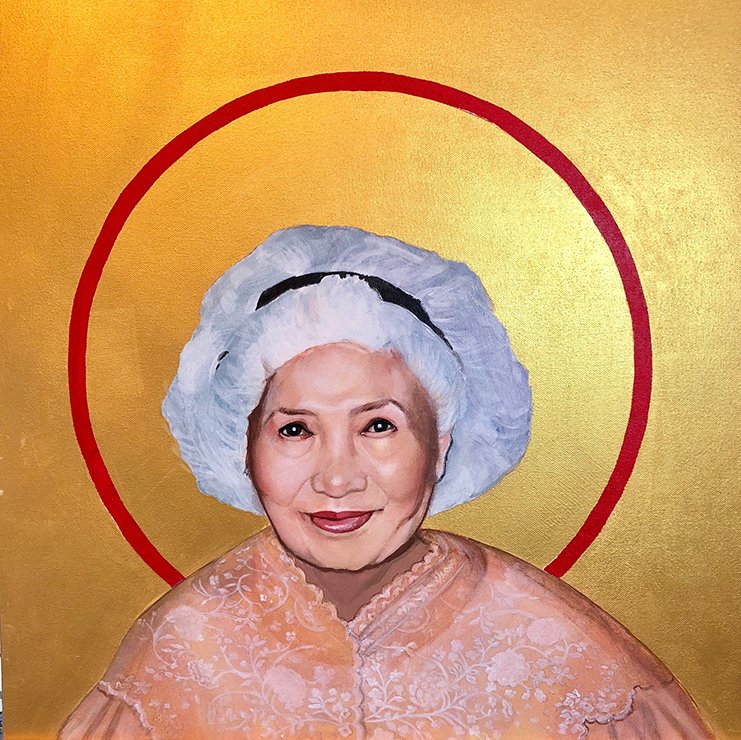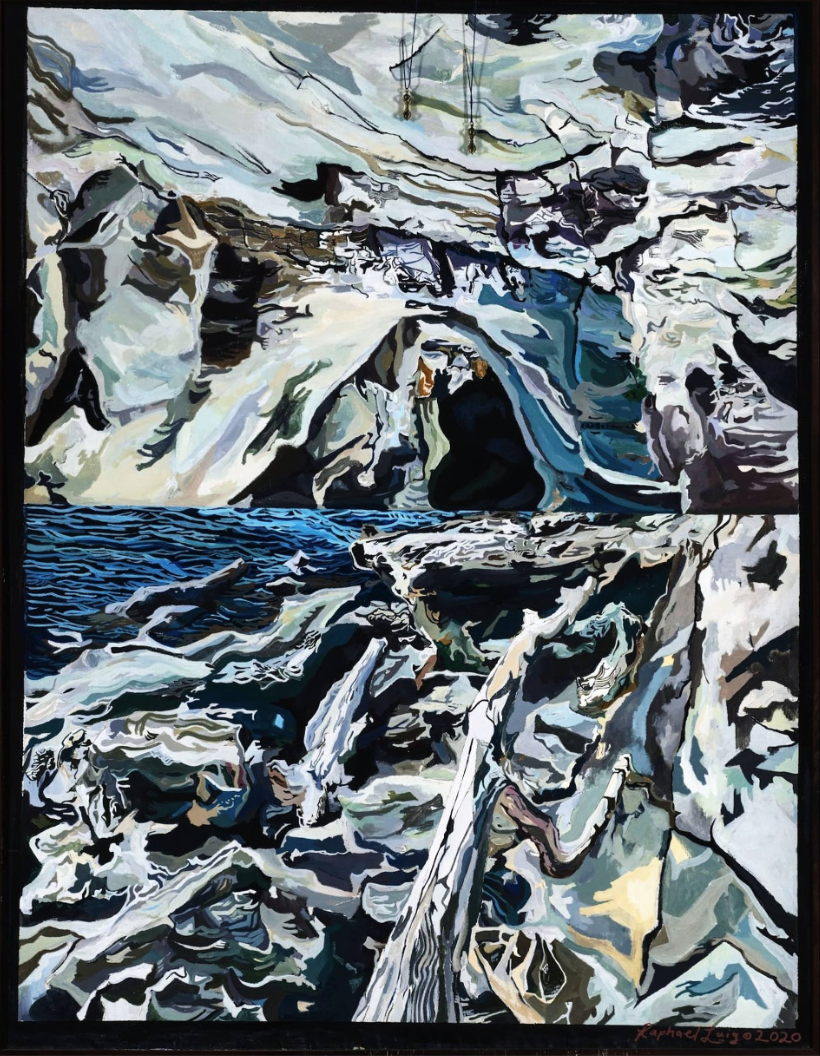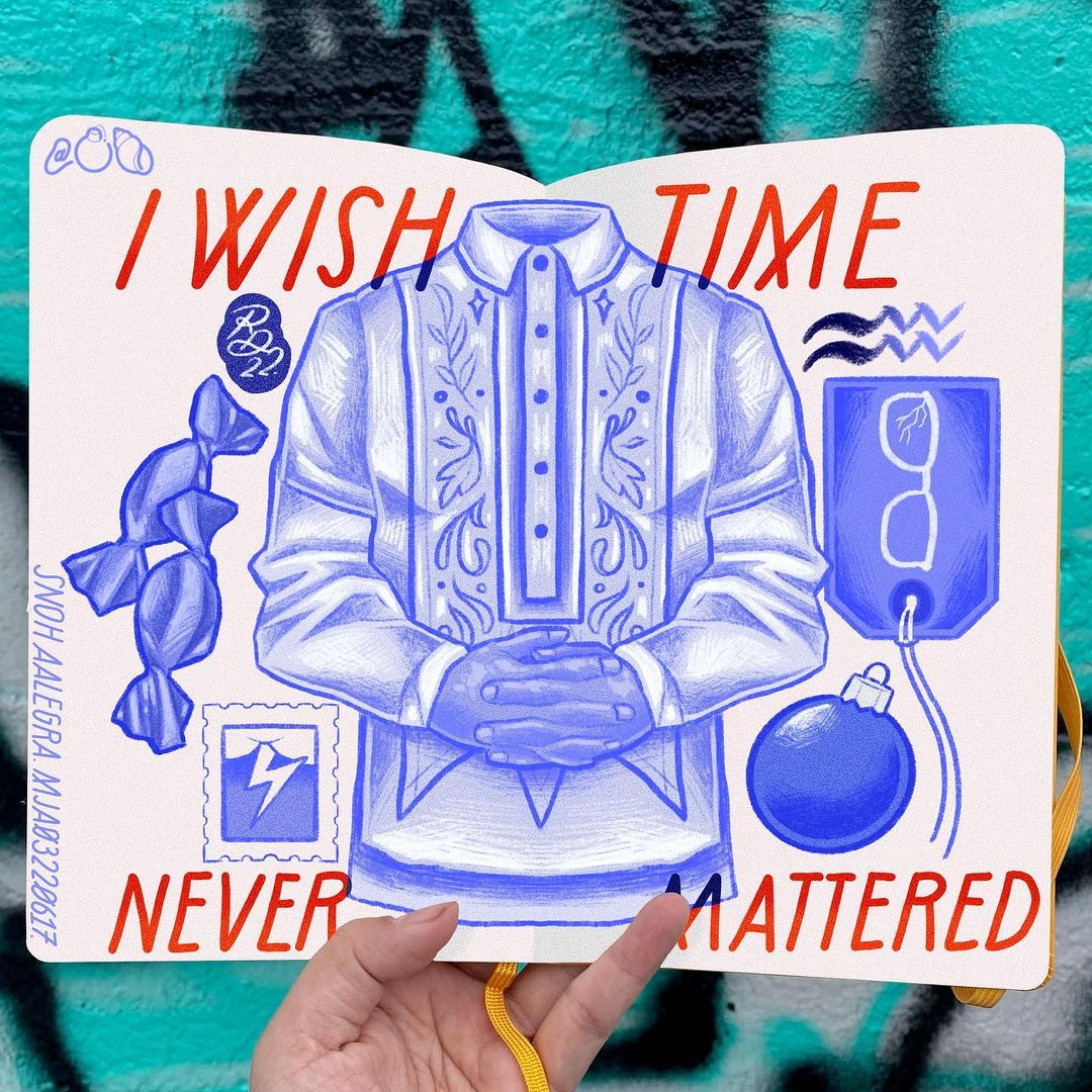Course 1
Kamayan: exploration of the hands
we search for likeness, for someplace to exist…
... finding identity in ourselves, awakening to create what’s not there
Our Kamayan course connects displayed pieces at the SAAM to the igniting of creative exploration and freedom in the Philippines. This impacted and influenced Filipino/a/x artists here in the Pacific Northwest and all over the world. Starting in Seattle, with Victorio Edades, the Father of the Philippine Modernist movement. He traveled to the states from Pangasinan, Philippines and studied at the University of Washington, earning a Master of Fine Arts in painting. When he went back to the Philippines, he bravely put on a one-man show at the Philippine Columbia Club in Ermita to introduce to the masses what his unique modernist style. Though met with criticism and push back, he opened doors and minds. Edades sparked a movement in art and thought in the Philippines, helping it to diverge from vocational idealistic realism to an exploration of individual expression shedding light on the realities of life.
From this awakening came the Thirteen Moderns, colleagues and students of Edades. Among the thirteen was one woman, Anita Magsaysay-Ho. She is considered one of the most significant painters in the history of the Philippines with her work selling at record amounts during her lifetime. After studying with Edades, she moved to New York to continue as a student.
At this time another prominent artist, who took notice of the changes in the Philippine art world, had also come to the states from the Philippines, Alfonso Ossorio. First studying at Harvard, he ventured to New York where he met Jackson Pollock and Joseph Glasco and became close friends and creative collaborators. He later returned to the Philippines and was confronted by challenging memories. His paintings then centered on themes of childhood, birth, sexuality, mythology, and religion taking a far more critical stance than the artists before him. Ossario’s work is the only one of the Thirteen Moderns held in the SAAM’s collections.
From them we have the beginning.
--
A note on Volunteer Park
Our Kamayan course always begins a meal at Archipelago. It is always an acknowledgment to Seattle’s Coast Salish peoples, the Suquamish, Tulalip, and Muckleshoot nations, who have stewarded this land since time immemorial.
It further invites all to explore the flavors and textures of FilAm food with the hands, the most traditional was of both cooking and eating in Philippine culture.
In this thread, we must too acknowledge the history of Volunteer Park. Volunteer Park, where the Seattle Asian Art Museum has lived since 1993, memorializes those who fought in the Spanish-American war of 1898, which resulted in US Control of the Philippines -until 1945.







